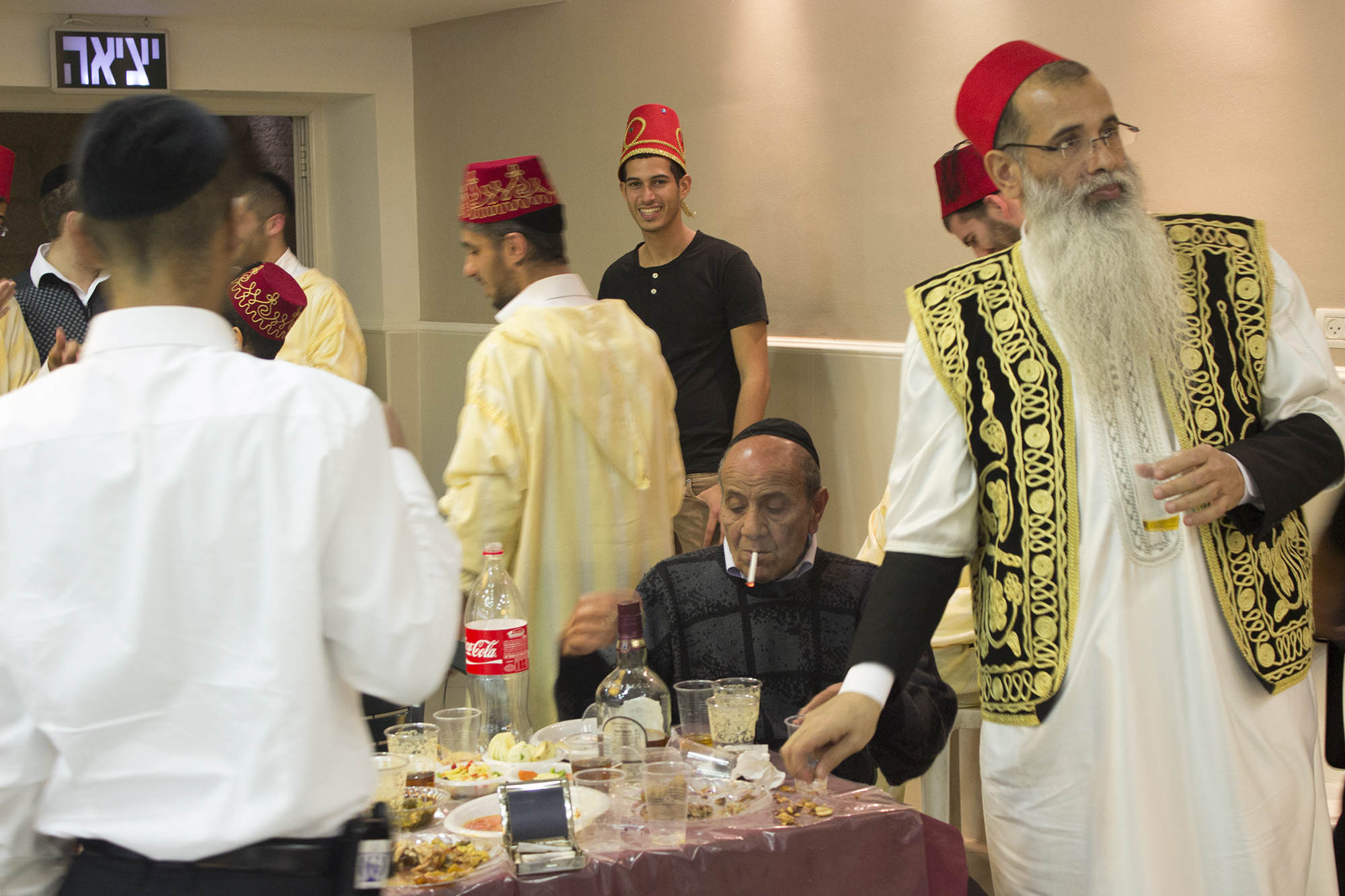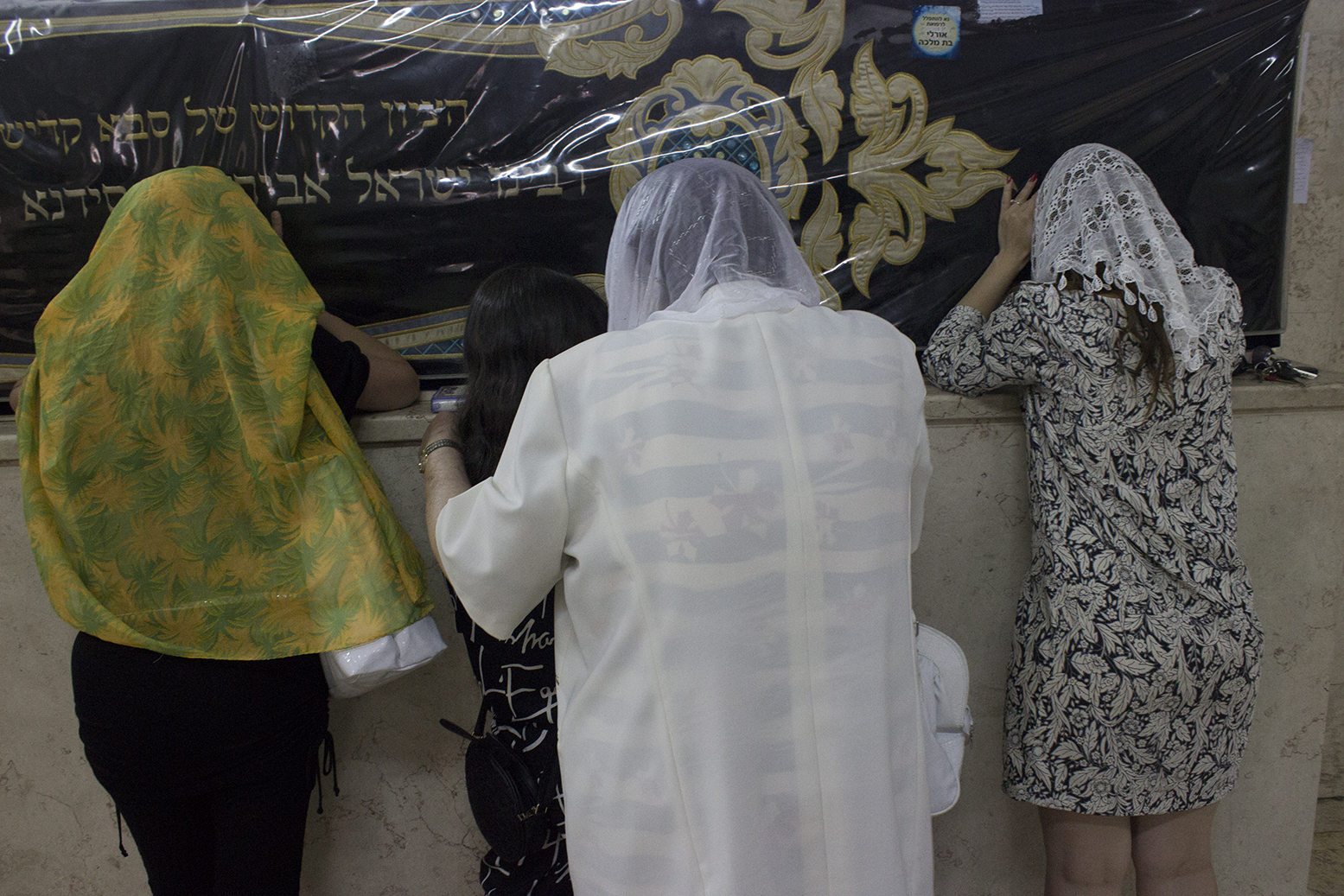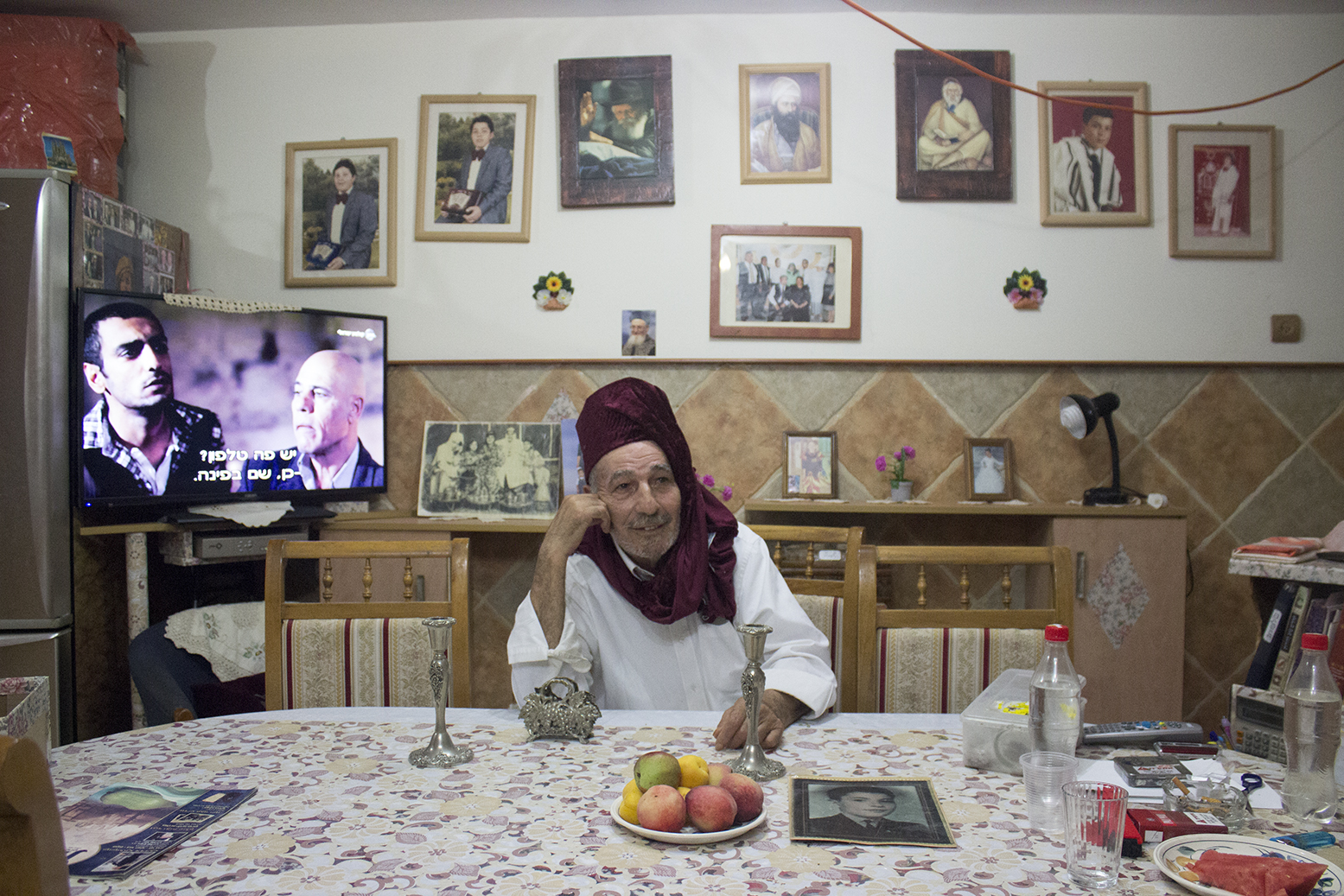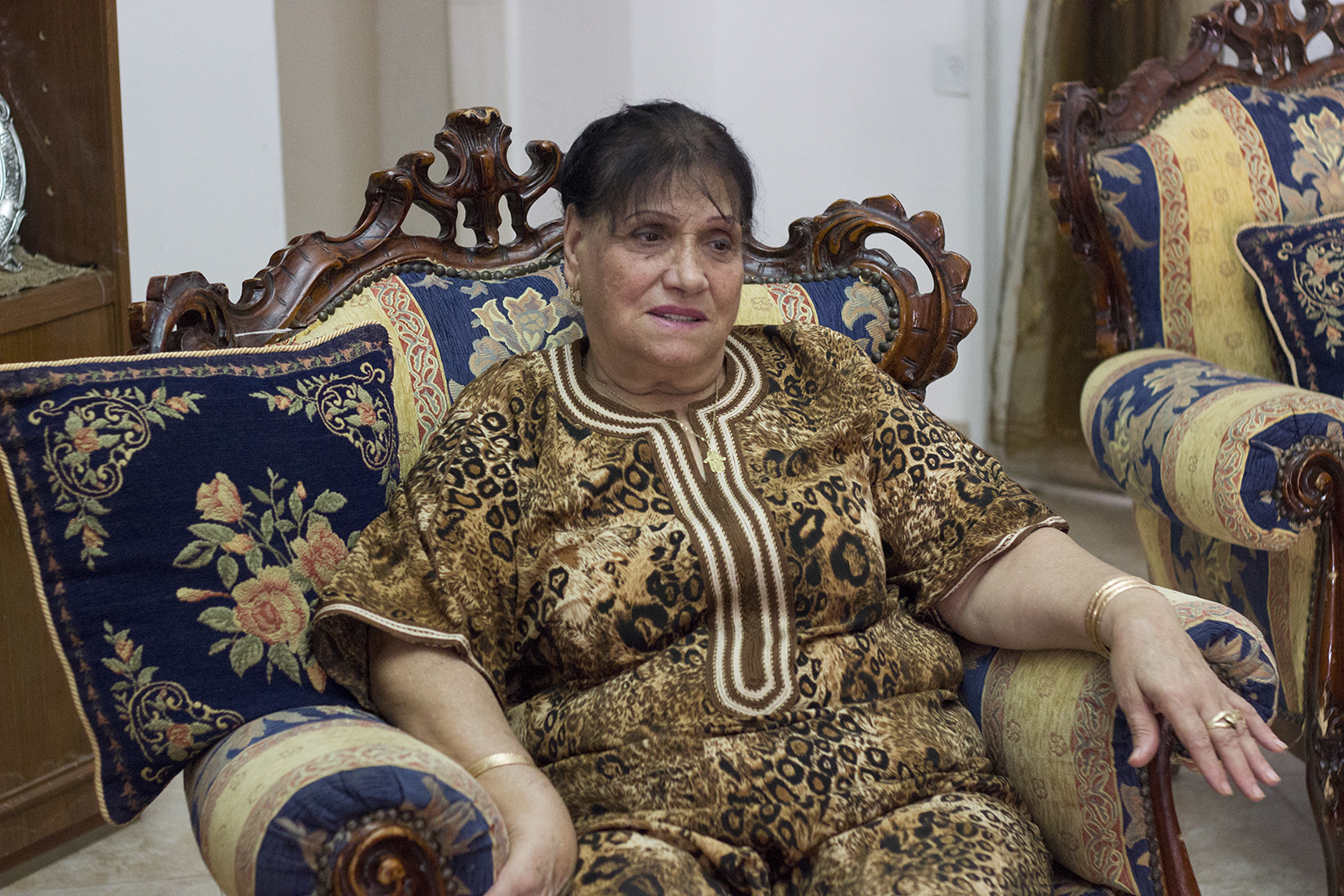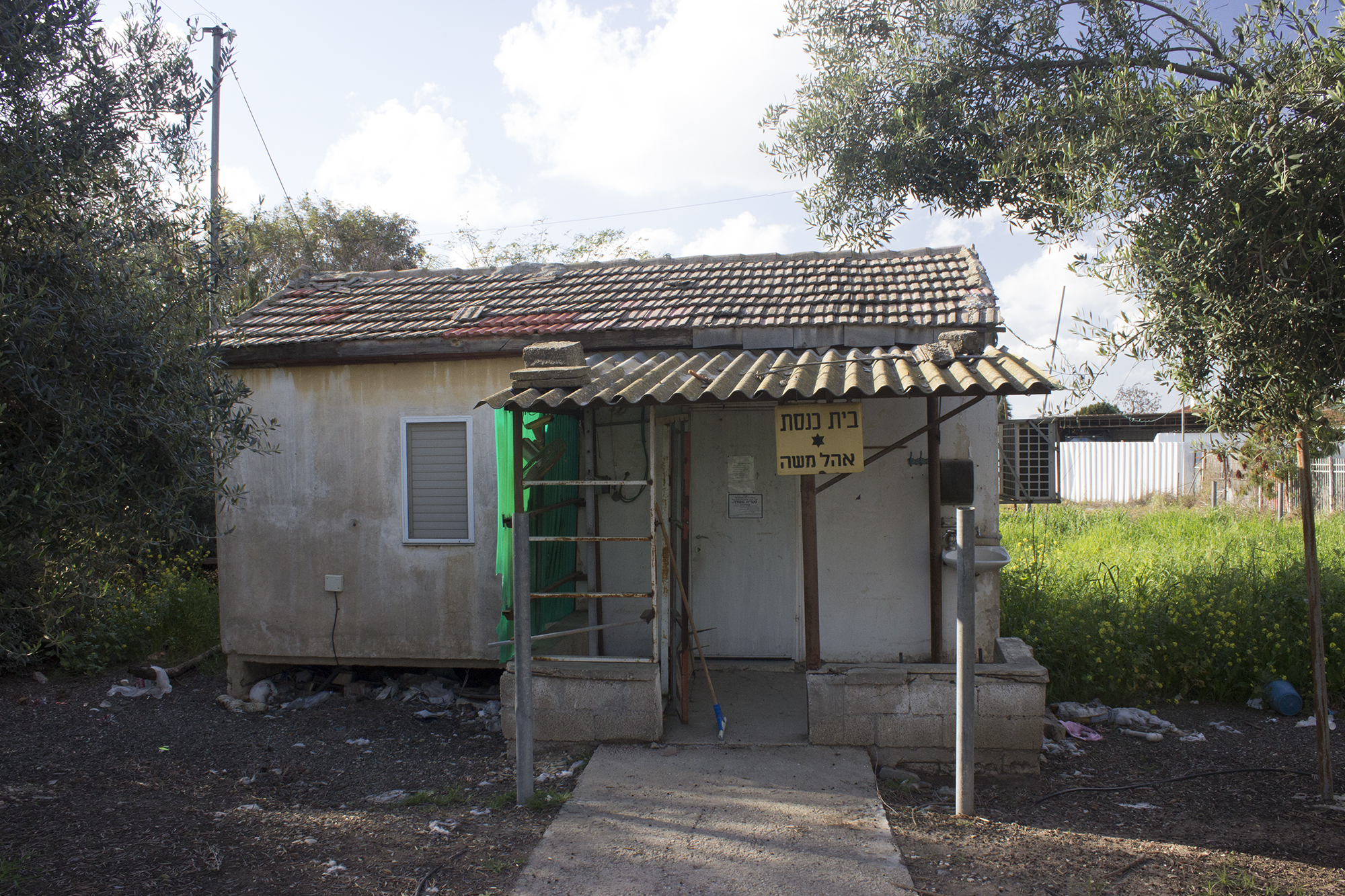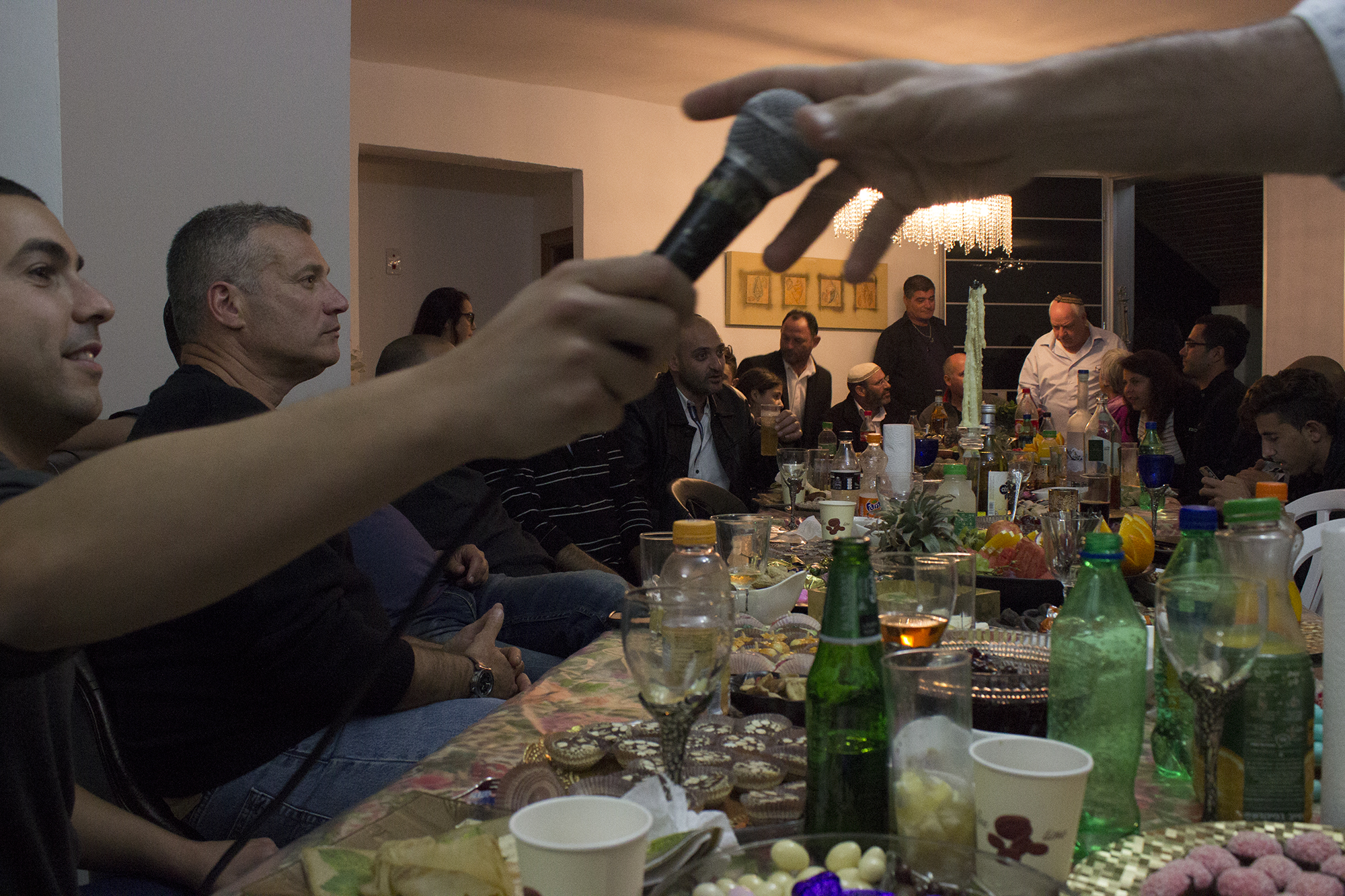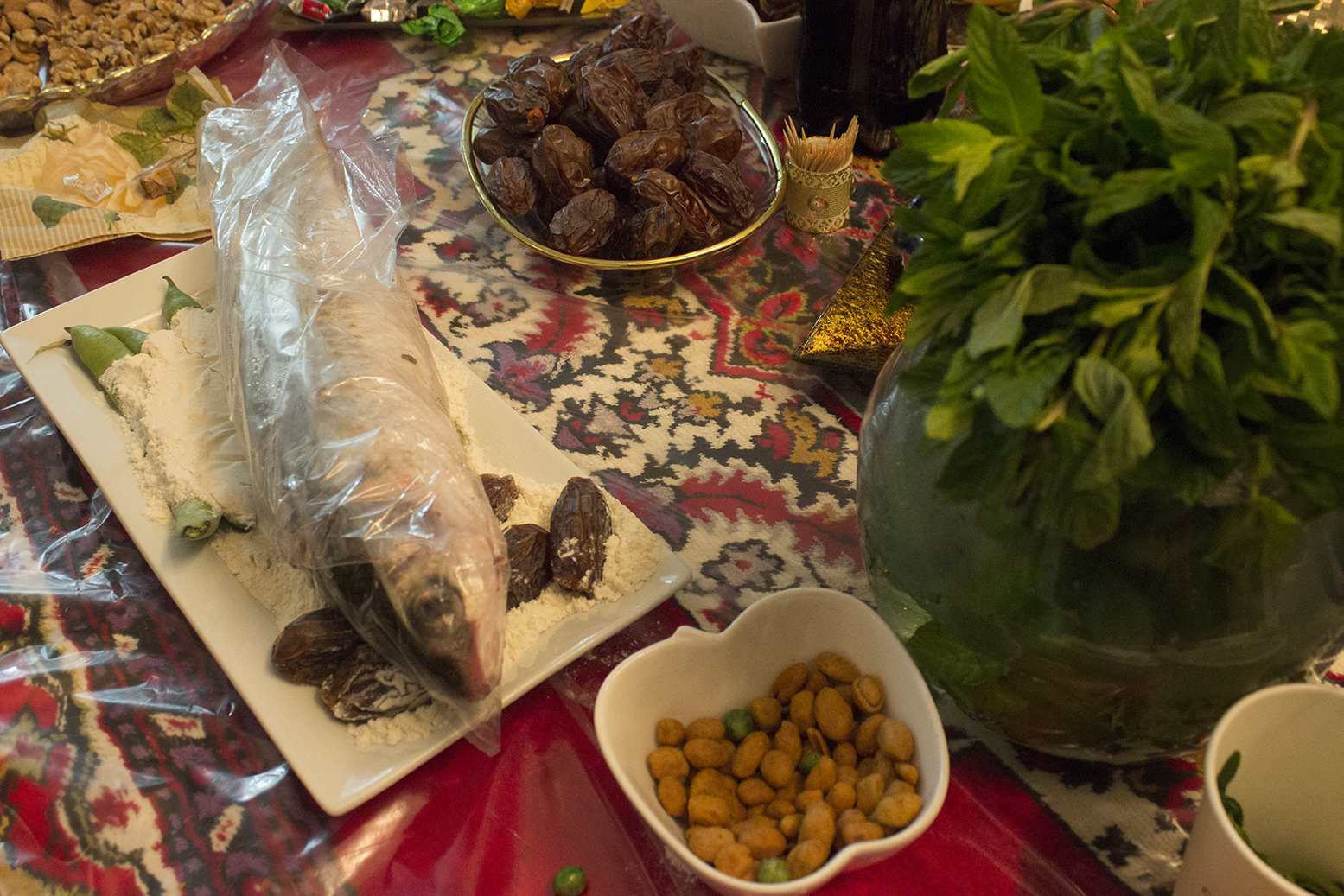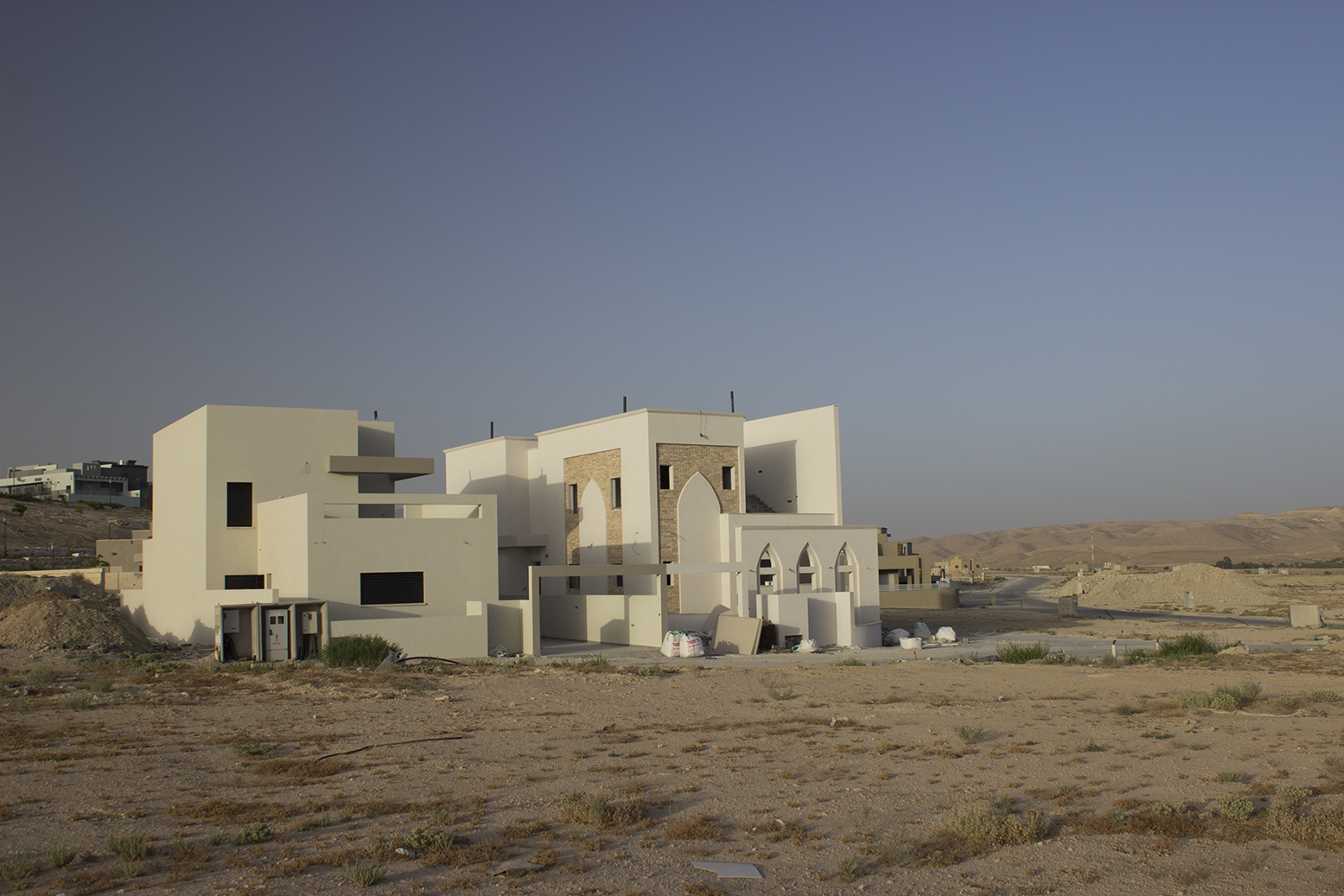Generation(s) of Levantines
Documenting Mizrahi identities
Despite making up a majority of Israel’s Jewish population, Mizrahim, Jews who descend from the Arab world, remain outsiders to the mainstream narrative of Israel. Since arriving in 1948, the community has found itself in a constant subordinate position in society, and neglected in representations of Jewishness in the Middle East.

Generation(s) of Levantines is named after a series of essays written by Jewish Egyptian essayist Jacqueline Kahanoff. Born to a Jewish Iraqi father and a Jewish Tunisian mother in Egypt, she was schooled in French and wrote in English. Kahanoff was raised during the first half of the 1900s, at a time when much of the Middle East and North Africa was interconnected through cosmopolitan links, and it was with the experience of living in that world that she birthed her vision for “Levantinism”. This concept was her own social model for coexistence, and incorporated the region’s ethno-cultural, religious and linguistic diversity. Due to the arrival of Jews from both the Arab world and Europe, Kahanoff believed that Israel would be the best suited to embrace such an orientation, despite that this was an exclusively Jewish view, omitting the Palestinians and their displacement. Nonetheless, Kahanoff’s vision was one that went against the Ashkenazi-Israeli political establishment at the time, which was vocal in its opposition to what it saw as a creeping “Levantinisation” of the new Israeli state.
Mizrahim have always mingled in the gaps between integration and exclusion, Easterness and Westernisation, in a both psychological and physical sense.
On the eve of 1948, some 850,000 Jews resided in the Arab world, and a further 200,000 in Iran and Turkey; a continuation of a two-millennia old existence. The establishment of Israel, the Palestinian Nakba, the march towards the region’s decolonisation, and the ensuing Arab-Israeli conflict, led to a period of uncertainty for the indigenous Jewish inhabitants. This resulted in a Jewish flight that ensued from 1948 and continued well until the mid-1970s, and cannot be attributed to any one single reason.
In Iraq and Egypt, state persecution and public hostilities led to whole-scale departures, as the lines between Israel, Zionism and Judaism became increasingly politicised and blurred; in North Africa, Zionist emissaries took advantage of the prevailing uncertainty and penetrated Jewish neighbourhoods, convincing first the youth and then the older generation to depart for Israel. In Yemen, clandestine deals between Israeli statesmen and local rulers airlifted the majority of Yemen’s 50,000 Jews to Israel between 1949 and 1950. Yemen’s scattered and relatively isolated Jewish communities, steeped in a piousness unmatched anywhere else, were led to believe that redemption had arrived, interpreting landing airplanes as a manifestation of the biblical prophecy of deliverance on the “wings of eagles”.
Mizrahi literally translates to “Easterner” or the more archaic “Oriental”, a product of and response to the Israeli environment and its produced dichotomised binaries in which Arabness and Jewishness are understood in negation to one another, and where Jewishness has became synonymous with the West.
Those who left for Israel, together with their descendants, make up an estimated 50 to 60 per cent of Israel’s Jewish population today, and are known as Mizrahi (Mizrahim in plural). This term was coined in the 1980s, and literally translates to “Easterner” or the more archaic “Oriental”, a product of and response to the Israeli environment and its produced dichotomised binaries in which Arabness and Jewishness are understood in negation to one another, and where Jewishness has became synonymous with the West.

The issue of what Mizrahi constitutes is a topic that continues to ignite debate, not least because the Mizrahi identity is one that straddles socio-economic, ethno-cultural and political lines, not to mention vast geographic spaces, and has come to include Jews from non-Arab Islamic lands such as Iran and Afghanistan. Even the very term Mizrahi is fraught with controversy. The Mizrahi intelligentsia, of largely Arab descent, mainly prefers the term Arab Jew, a label that carries negative political associations in Israel, whilst the religious community prefers the designation Sephardi, a term based on a largely shared rite of prayer throughout the Jewish communities of the Arab and Islamic world. Both terms link the notion of a Mizrahi identity to a pre-Ashkenazi Zionist point in history, whereas Mizrahi, by its very construction, is a product of and a response to the shortfalls of Ashkenazi-Zionist space.
Mizrahi is at its core a coalitional identity, built upon two basic components. The first is a shared past in Judaeo-Islamic civilisation, in which the intertwined nature of Islam and Arab culture shaped and formed Jewish communities in their values, virtues and social norms, across many empires and shifting borders; the second is a current presence in Israel’s socio-economic, cultural and geographical periphery, inherently bound in marginalisation and exclusion.
The policies of early Israel sought to “save” Mizrahim from their perceived state of inferiority, naturally inherent in their “Easterness”.
The policies of early Israel sought to “save” Mizrahim from their perceived state of inferiority, naturally inherent in their “Easterness”. De-Arabisation or de-Easternisation policies sought to “modernise” and “Westernise” Mizrahim according to Zionism’s Eurocentric notion of the “New Hebrew” or Sabra (an Israeli born Jew), enacted through acts such as geographic dispersal in the form of a segregationist housing policy, relocating Mizrahim in disadvantageous locations in Israel: at arm’s length from the Ashkenazi centre and in close proximity with ’48 Palestinians, forced to the periphery and its subordinate living conditions and opportunities.
It is within these margins that Kahanoff’s vision of Levantinism could be said to have come true, although one confined to non-Ashkenazi Jews, who have always mingled in these gaps between integration and exclusion, Easterness and Westernisation, in a both physical and psychological sense. Marginalisation and societal discrimination have worked to strengthen the bond between various Eastern Jewish communities, but solidarity also came through historic Mizrahi resistance, starting with the Wadi Salib Riots of the 1950s and continuing with the rise of the Israeli Black Panthers in the 1970s and the emergence of the New Mizrahi discourse in the 1990s. While the Israeli Black Panthers and others were able to connect the Mizrahi struggle with the Palestinian cause, for the large part solidarity between these two groups on the periphery remained historically patchy, not least because of the pact formed between the majority of Mizrahim and the Israeli right, as a result of distrust with the Ashkenazi left that historically has been racist towards the Mizrahim.
When embarking upon this project, I sought to create a comprehensive body of work that would serve as a visible photographic representation of Mizrahi identity; the sort of visibility and representation that many Mizrahim, including myself, lacked in our upbringing. In a world where the Mizrahi story has long been erased and whitewashed, and where our understandings of Judaism were always defined by Ashkenazi-centric paradigms, photography is a medium that often serves to strengthen and perpetuate such narrow understandings, as photographic depictions almost always centre around Ashkenazi culture.
The idea is to capture this third-space Israeli identity, preserved, re-imagined and remoulded in a permanent state of exile in exile, and situated within the vastness of the shared Judeo-Islamic civilisation.
This project was driven partly by my attempts to understand my own Mizrahi identity, as someone who was born and raised in the UK, outside of the Israeli experience. Working on it, I have travelled across the country interviewing activists, poets, musicians and writers, shadowed henna planners and spent a few months in the Mizrahi majority town of Yeruham in southern Israel, which for long has been stigmatised by negative portrayals of the Mizrahim.
In trying to depict what Mizrahi identity entails and how it manifests, I had to turn the lens on the dialogue that surrounds Mizrahiness across its various geographic spaces, social classes, generational differences and diverse cultures. The idea is to capture the process behind this third-space Israeli identity, preserved, re-imagined and remoulded in a permanent state of exile in exile, and situated within the vastness of the shared Judeo-Islamic civilisation.
During my work, I found myself continuously being pointed towards places of perceived Mizrahi “authenticity”, a notion that is Orientalist at best but also serves to internalise an Ashkenazi prism through which Mizrahim see their own Mizrahiness, and relegate it to a largely romanticised past. However, whether it is the modern interpretations of Mizrahi henna ceremonies and their made-in-China fez hats, or the synagogues that preserve each community’s prayers and unique customs, Mizrahiness is still very much alive and manifested. It also remains a conundrum to Zionism, where Mizrahi Jews were offered a national identity, but not a cultural one, outside of an exclusive Ashkenazi-Israeliness.
Today, as the first generation of Mizrahim near the end of their time on earth, it is not only the living memory of their place in the Arab-Islamic world that will soon be gone, but also a unique link between Judaeo and Islamic worlds. This project therefore serves as a last minute documentation, capturing the final moments in history between a Jewish generation that remembers the Arab and Islamic world, and generations that have only ever known a separation from it.
Perhaps most importantly, this body of continuous work serves as a gentle reminder that we have more in common than we are led to believe. The idea that Arabness and Jewishness are exclusive, homogenous blocs of identity is merely 68 years old. In fact, our lived realities are a lot more transient and much more intertwined. A reality that perhaps many Mizrahim would do well to actualise, as Mizrahi advancement is inevitably tied to the emancipation of the Palestinians, the other “others” on this small patch of land.
This body of continuous work serves as a gentle reminder that we have more in common than we are led to believe. The idea that Arabness and Jewishness are exclusive, homogenous blocs of identity is merely 68 years old. In fact, our lived realities are a lot more transient and much more intertwined.


